When you first pick out your pooch's crate, it's important to find one that's exactly the right size. Too big and he may eliminate in his crate and too small and he'll be too cramped for space. Take him to a pet store and compare sizes. Finding the right sized crate is essential.
Q: I keep hearing about how crates are so great, but… I wouldn’t want to sit around in a cage, so why would I want to put my dog in one?
A: Prison or cozy retreat? It all depends on perspective and on how you use the crate. Dogs have a natural denning instinct, normally preferring safe, enclosed quarters for their naps. Most domestic dog owners are surprised to learn that wild dogs spend up to 16 hours a day sleeping! Rest periods in snug quarters are a natural part of caring for our dogs’ needs.
Dogs Are Social Animals; They Require Interaction With Other Dogs Or People.
Choosing A Crate
Crates come in a variety of sizes and materials. The two most common models are plastic, such as those required for airplane transport, and collapsible metal wire crates. Provided they are of adequate size (see below), either model will serve equally well as dual-purpose den and training tool. The bottom can be covered with a blanket or thick towel for warmth and comfort. Any small safe space, such as a beanbag chair tucked away in a corner with a low ceiling or a comfy duvet bunched up between your desk and the wall, can function as a cozy den for the fully house-trained dog with no behavioral “issues” necessitating confinement when unsupervised.The Crate as House-training Tool
Crates are virtually essential for any dog that isn’t yet house-trained. When of appropriate size, it serves as a comfortable, den-like bedroom, something almost all dogs naturally want to keep free of urine and feces. Any crate you use, for whatever purposes, must always be large enough for the puppy or dog to stand up without having to hunch, to lie on his side with legs outstretched, and turn around with ease.The Crate As Chew Toy Habit Facilitator
Chew toy (not shoe toy) fixations are good. And the crate is a fabulous tool for turning any dog into a chew toy addict. A food-stuffed chew toy such as a Kong, or a Nylabone with some drilled holes filled with wet dog food, low-fat cream cheese or any other wholesome filling, or a filled kibble dispenser will keep a pup busy for hours. Give your dog lots of chew toy hunting projects—a tired dog is a happy dog.The Crate And The Time-Out
Yes, you can use a crate for time-outs without causing “crate-hate.” Do you like your bedroom? Sure you do—even if you don’t want to be there on a Friday night. Your dog can like his crate too, even if he doesn’t want to be there while scheming to scam some chicken off the dining room table.The Crate As Management Tool
The crates is also a terrific tool for the overall management of dogs. Trainers will often divide the plan for fixing a behaviour problem into two components, training and management.How Long Is Too Long?
A good rule of thumb is that a dog can be crated overnight and for up to half the day, provided his social and physical needs are being met while not in the crate.How To Introduce A Dog To A Crate
Puppies are introduced to crates quite easily by tossing food-stuffed chew toys inside when they are hungry and letting them work away while someone familiar is nearby.What If He Is Whining To Come Out?
The only whining that should successfully elicit crate door-opening services with a puppy is if puppy needs to pee. If you aren't sure, take puppy out of the crate very matter-of-factly and place him outside.
Your pup's crate will not only work well for his cozy retreat, but you can also use it as a timeout. Furthermore, it will also work as a place to put him when you eat (if he tends to beg), and more.
If your doggy does not like his crate for some reason and pants, barks, and cries non-stop, then a crate not be for him. In that case, you can come up with an alternative like modern dog suggests. Try creating a crate in a laundry room or another area in your house. Pay attention to your pooch's needs and use his crate appropriately.
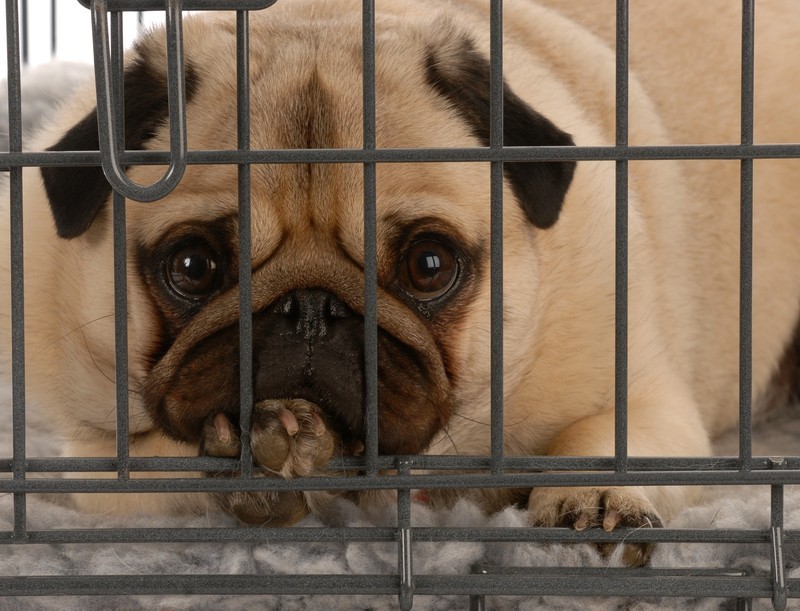
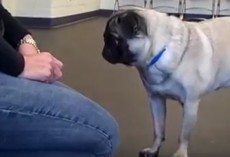
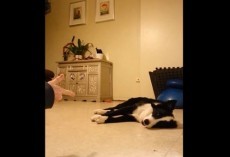





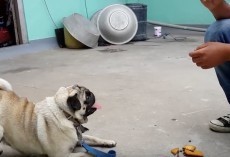

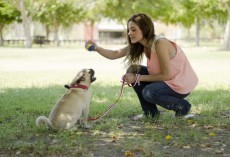
Kasia Moriko
- Edit
I want hims,kiss kiss.
Kasia Moriko
- Edit
Have 2 .one more they would live him.just like me. Give me a call.please.thank U .